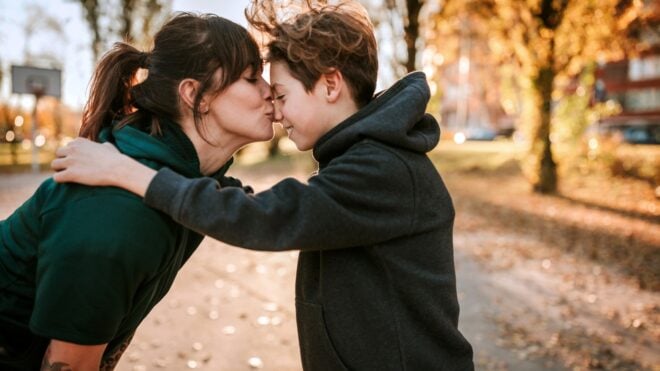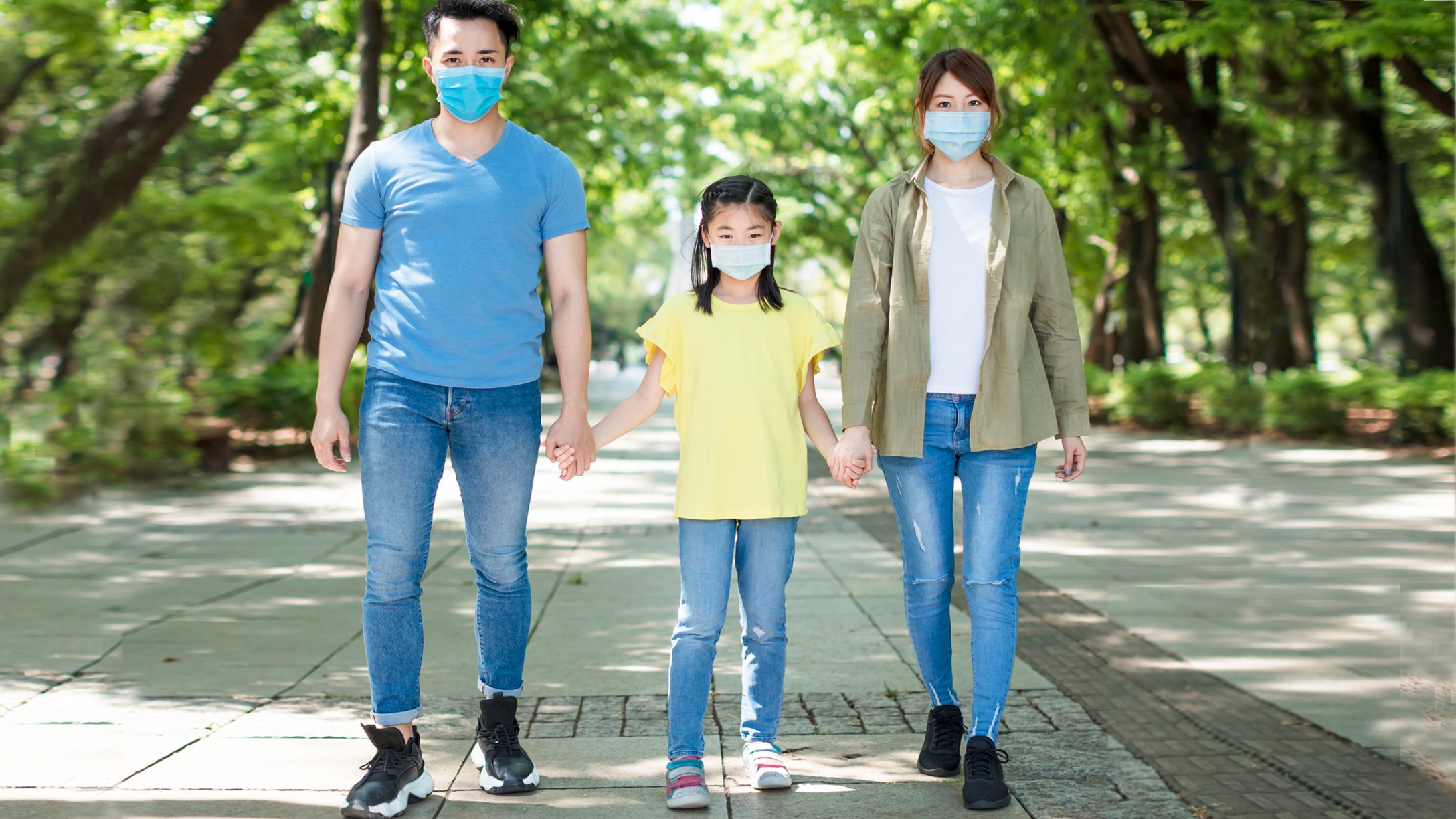
In this article
One of the best ways to get out and remain healthy is to hit the open trails and open space. But if everyone is doing it, you’ll be filing up and down a mountain like a bunch of ants attacking a picnic basket. There are a ton of open hiking trails near where I live and, if you are like me, you’ll want to hit them for some much-needed outdoor time.But don’t ignore COVID-19 precautions. Here are some hiking safety rules — particularly for the urban hiker trying something different.
Hiking safety rules
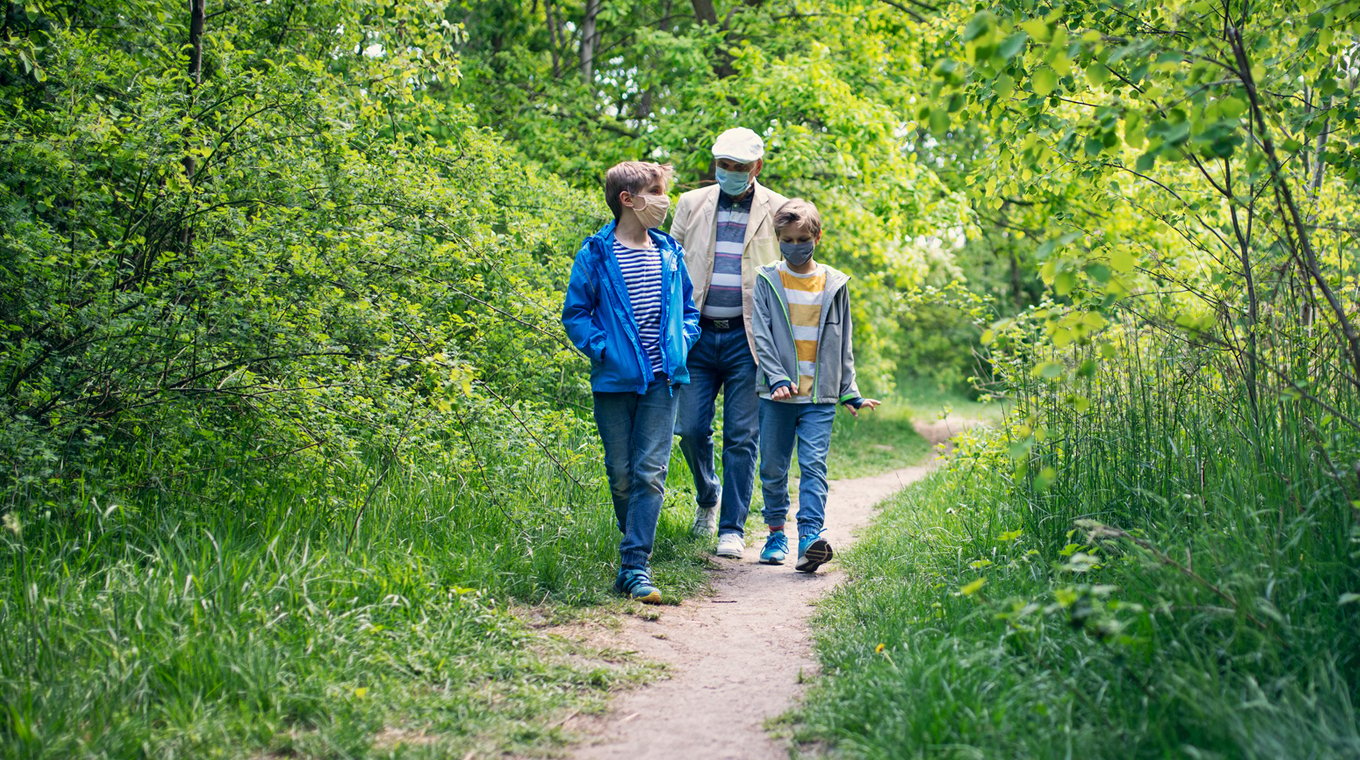
Hiking can be a dangerous activity with deteriorating trails and natural hazards. The pandemic adds a new level of concern about being in contact with other hikers. You don't want to go too far off on an isolated trail that could increase your risk level.
Hundreds of people go missing from public lands every year. Even more are injured while on a trail and need medical attention. Many of these are experienced hikers and outdoors enthusiasts, who were later found to have made fatal errors in judging the terrain, weather, or direction. You don’t want yourself or a family member to be the subject of a search and rescue.
As some trails reopen, here are some basic rules to keep in mind when hiking with your family — with or without a pandemic:
- Make sure the trail is open: COVID lockdowns have caused a lot of places to close for everyone's safety. Double-check that where you want to hike is open.
- Wear a face mask: Chances are you won't be alone on the trail. Keep everyone safe and healthy by observing the simple practice of wearing your mask. You might not always be able to social distance on a narrow trail.
- Keep everyone in sight: this is especially true if you have young children (or my teen) who want to run ahead and explore.
- Stay on trails: it doesn’t take being far off of the trail to get turned around and lost. When you are off-trail, you’ll be exposed to more hazards in terrain, animals, and general risks.
- Be careful around water: One misstep can lead to falling in or having the bank give way beneath your feet, sweeping you off with the current. Also, make sure no one decides to drink the potentially unsafe water.
- Plan ahead: Find out what the weather will be like, what the time of the hike will be to get to your destination or complete the loop, map things out, and pay attention to whether you are on schedule or not.
When it comes to hiking and social distancing, give other hikers plenty of space when passing. This is easier said than done according to Alison Watta founder of explorationsolo.com.
“It's actually not as easy as you think to practice social distancing while hiking. Unless the trail is wide, you'll be hiking single file," she told Mom.com. "When someone speaks, their voice will likely carry forward but not back. People behind the speaker have a tendency to pull closer so they can hear what was said. It is wise to keep a mask with you should you need to be less than 6 feet apart on the trail for any period of time."
Hiking safety gear
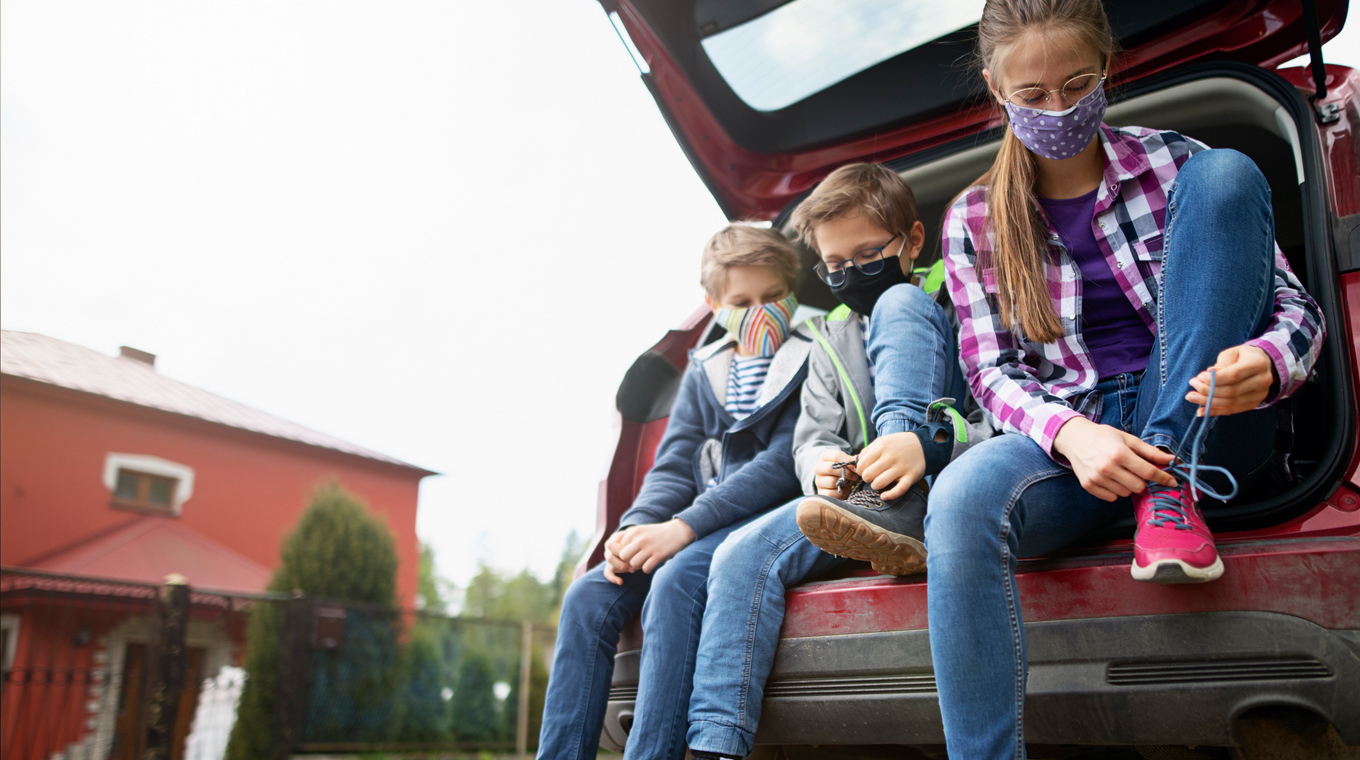
One of the best investments you can make is to buy a good pair of hiking boots that support your feet and ankles and help protect you against the elements. You may want to hike in loose, light long pants as well to help protect you from sunburn and dehydration. Take a jacket just in case bad weather creeps in.
Make sure you pack supplies and provisions in a backpack. Don't forget to bring along a mask for you and everyone in your family (over the age of 2) and a pair of gloves. Pack enough water to be hydrated — it is recommended to drink at least half a liter of water for every hour of moderate activity. (Don’t forget to pack water for your dog as well.) Take along some snacks to help keep your energy up. Make sure you also have an emergency first aid kit in the event that someone gets hurt during the hike. This should include Band-Aids, ace bandages, medical tape, a gel ice pack, insect sting treatment, tweezers, and a multitool.
Charge your phone. Chances are you will have spotty connectivity while hiking in most areas, but make sure your phone is well charged and don’t waste all the battery juice on replaying videos. You never know when you will need to make an emergency call. If possible, pack a battery bank.
Hiking with dogs
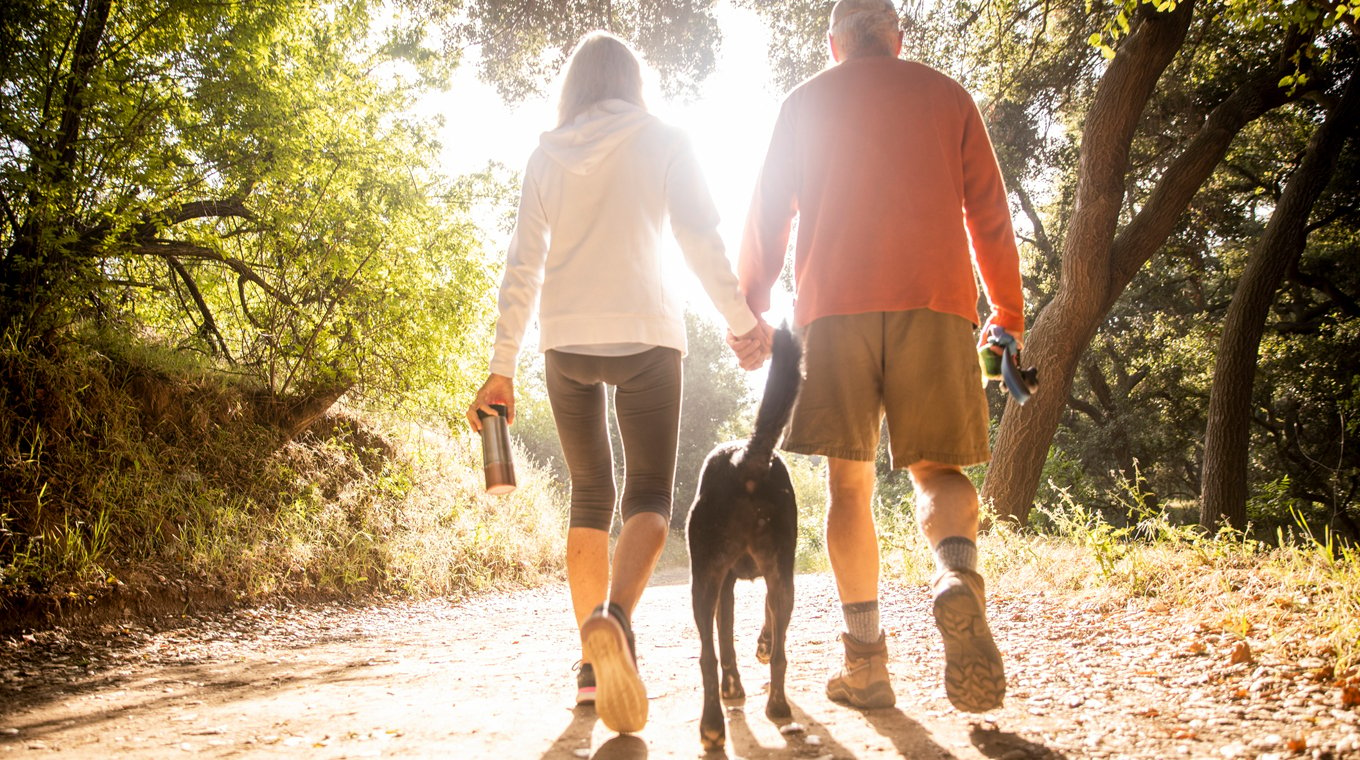
Hiking with your dog can be fun and great exercise for you both. Double-check that your dog is allowed on the trail you are going on. Not every hiking trail allows dogs and if they do, you’ll need to keep him on a leash in most cases. This is to protect him, you, the terrain, and the wildlife. Pack more poop bags than you think you’ll need and practice a No Trace method of hiking — clean up after yourself and your dog for anything including poop bags and snack wrappers.
You might want to buy a dog backpack. Make sure your dog is in good enough shape to do the hike. It’s important to pay attention to your dog and give him lots of breaks, especially if there is not a lot of cover. Dogs aren’t great about regulating their need for rest, so you’ll need to do this for him to make sure he doesn’t overexert himself and risk heat stroke.
By all means, learn the risks of the trail for your dog. This includes how the terrain might affect his paws as well as what types of critters you may encounter. If your dog isn’t a regular on the trails, he might find a snake interesting rather than a threat.




